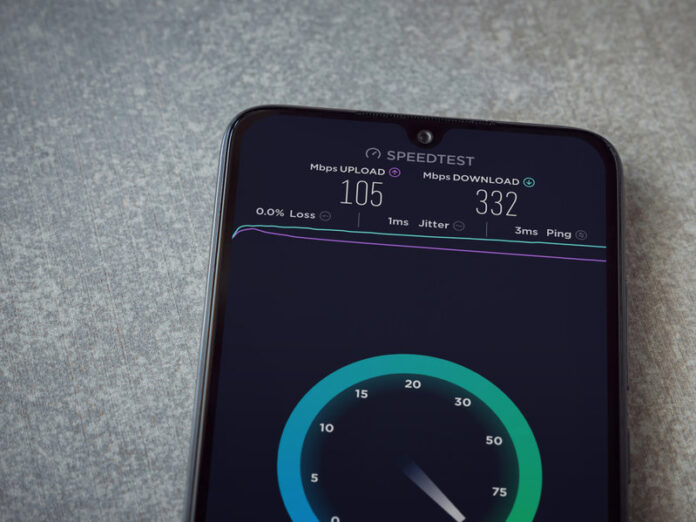There has been a long-running debate in network testing that basically asks, which is better: Highly controlled and repeatable drive- and walk-testing with special test set-ups to get deep RF and chip-level data, which shows what a network is capable of with the latest devices; or crowd-sourced, device-based data that gives a more aggregated but realistic view of the typical user experience under complicated conditions?
Ookla’s acquisition of RootMetrics provides one answer.
“The answer is definitely both. I think it always has been,” says Doug Suttles, CEO, GM and co-founder of Ookla. Then, he adds: “But anyone who doesn’t have the other, will say the opposite.”
In a statement on the acquisition, Suttles called Ookla-plus-RootMetrics “the network assessment trifecta of crowd measurement, controlled testing and consumer perception.”
In an interview with RCR Wireless News, Suttles says that Ookla’s clients have regularly asked whether it was possible to get some controlled testing in addition to the company’s crowd-based data. He also says that he’s been having conversations with RootMetrics about how to combine crowd-based data with controlled testing for years, but it was “impossible to find common ground where we could do that, as competitors.
“So now we’ve solved that problem,” he goes on. “We have the ability to share with each other and figure it all out in the coming years.”
Crowd-sourced data is often seen as messy, biased or simply without sufficient controls. Complementing it with controlled testing, Suttles says, will make crowd-sourced data more “bullet-proof.” He also points out that there are many places in the world where there simply isn’t access for drive- or walk-testing; if you can combine controlled testing with crowd-based observations in one part of the world, perhaps you can apply those learnings in order to get network insights in the places where controlled testing either isn’t possible or isn’t practical.
Both Ookla and RootMetrics, Suttles says, ultimately want to help solve network problems. However, crowd-sourced data also has limitations on what type of data it’s able to solve.
“For us as a predominantly crowd-based solution provider, the thing I learned long ago is, I can’t really do anything until a network is public. So I can’t help you build your network, I can’t help you test it before you turn it on,” Suttles says. “Once it’s on, the crowd is great for seeing what’s happening, assessing benchmarking, assessing where it looks like a problem is happening.” But crowd-based data doesn’t provide as many insights about exactly what that problem is and how to fix it — areas where both RootMetrics and Solutelia and its Wind platform, another recent acquisition, will expand Ookla’s capabilities.
“I want to help build networks. I want to help solve problems with networks, not just inform about benchmarking and where problems might be,” Suttles says.
The company bought Solutelia in July of this year, deepening its device-based testing and analysis capabilities. It had previously acquired Wi-Fi planning and optimization company Ekahau in 2018, the same year that it also bought Mosaik, which focused on network mapping and related intelligence.
A geospatial view, a benchmarking view, a user experience view: All of those will be combined in the network insights that Ookla is able to offer. When asked what additional data he would like to add to that mix, Suttles says that he would like to be able to add actual data from the network cores. And eventually, the company’s insights may also expand beyond connectivity.
The other major Ookla acquisition in the past few years was its purchase of Downdetector in 2018, which provides a crowd-sourced view of outages of services and websites around the world. Suttles look at Downdetector and sees something very similar to what Ookla was in its first years, which was a consumer app that focused on giving accurate information about the consumer’s connection, supported by advertising, upon which Ookla then built an enterprise business.
“Downdetector is kind of a repeat of that for me. I’m trying to do the same thing with Downdetector, with a very unique platform that assesses an outage or issue with a service before almost anyone else can even know about it,” Suttles says. Even synthetic monitoring services can’t catch everything, he points out, and Downdetector can correlate impacts on a set of services, with what provider is actually down in what location. In other words, in a situation like the recent AWS East outage, being able to look at a set of services and websites that have done down and say that it’s provider X in Y location. “It’s a unique platform that we’re building there, and it’s kind of off to the side, but similar,” Suttles says. It’s trying to solve problems for the industry, but it’s [also] really solving problems for the consumer.”

